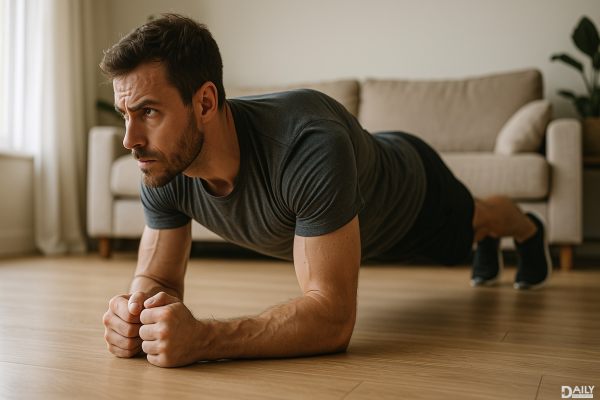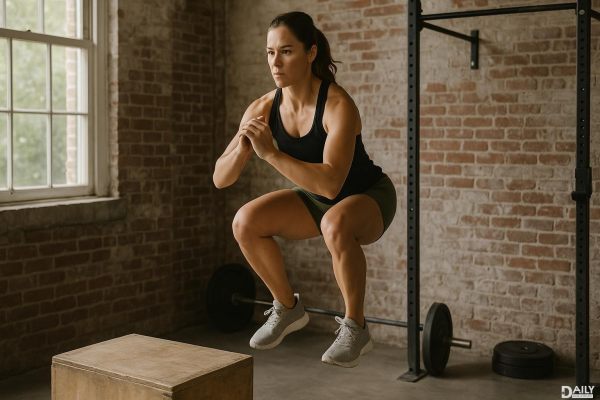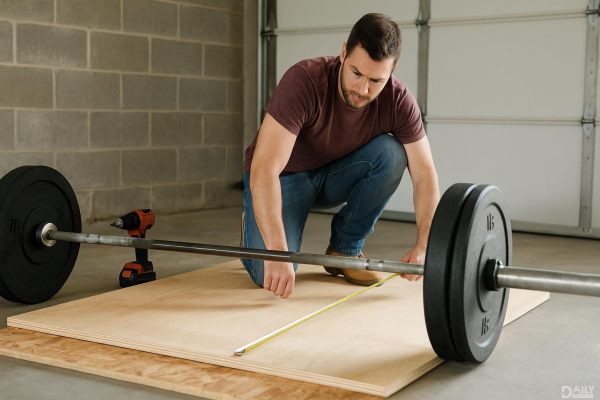If you can hold a plank for at least two minutes, you're already ahead of the game—most people tap out way before then. But here's the real deal: the plank is the ultimate test of core strength, endurance, and mental grit. Forget crunches; this static beast reveals whether your midsection is truly built to last or just along for the ride. And if you can push past the three-minute mark? You're in elite territory. But before you start timing yourself, let's break down why planks are so brutal (and beneficial), how to do them right, and what your hold time really says about your fitness level.

Planks don’t just target your abs—they light up your entire body. From shoulders to glutes, this move forces everything to engage in perfect harmony. Unlike crunches, which isolate the rectus abdominis (the "six-pack" muscle), planks challenge your deeper core stabilizers, including the transverse abdominis and obliques. That’s why you can have a visible six-pack but still wobble like a Jenga tower after 30 seconds. True core strength isn’t about aesthetics; it’s about function. Can you stabilize under load? Can you resist rotation when life (or a heavy grocery bag) throws you off-balance? Planks answer those questions without a single rep.
Most gym-goers assume they’re crushing it if they hit a minute, but here’s the reality check: a 60-second plank is decent for beginners, but it’s not exactly impressive. Studies suggest that fit individuals should aim for at least two minutes, while elite athletes can hover in the three-to-five-minute range. But before you panic, remember that quality trumps duration every time. A shaky, sagging 90-second plank does more harm than a rock-solid 45-second one. If your hips are dipping or your shoulders are creeping toward your ears, your form’s betraying you—and your lower back is paying the price.
Nailing plank form isn’t complicated, but it’s easy to mess up. Start in a push-up position, then drop onto your forearms, elbows stacked under shoulders. Squeeze your glutes like you’re holding a dollar bill between them, and brace your core like you’re about to take a punch. Your body should form a straight line from head to heels—no sagging hips or lifted butts. Pro tip: A mirror or a workout buddy can call out form slips you don’t feel. And if your wrists hate forearm planks? Try a high plank (hands flat) or mix in side planks to spare your joints.
Even seasoned gym rats make these blunders. First, holding your breath—it’s a dead giveaway that your core isn’t truly engaged. Breathe steadily to maintain tension. Second, letting your shoulders shrug up toward your ears. Roll them back and down to protect your neck. And the biggest offender? Thinking longer always equals better. If your form collapses at 60 seconds, stop there. Building endurance is a marathon, not a sprint. Better to do multiple short, perfect holds than one long, ugly one.
If you’re breezing past three minutes without breaking a sweat, it’s time to level up. Try adding movement: shoulder taps, leg lifts, or even a slow mountain climber crawl. Weighted planks (a plate on your back) or instability (forearms on a stability ball) force your core to work overtime. Or ditch the static hold entirely for dynamic variations like plank-to-push-up or renegade rows. The key? Keep your core guessing. Complacency is the enemy of progress.
























